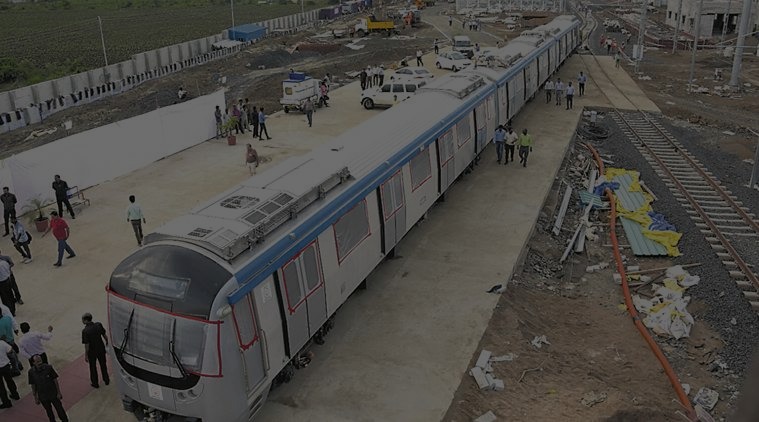The cost of electricity can be divided into plant-level costs, grid-level costs, and other costs. Plant-level costs consist of capital, operation and maintenance, and fuelling cost. Capital cost is reflected in the cost of generation by way of interest on debt and return on equity. For nuclear power plants, capital cost is high, but fuelling cost is low. For coal-fired power plants, capital cost is low, but fuelling cost is high. The capital cost of solar and wind is continuously decreasing; fuelling cost is nil.
Electricity reaches a consumer through the grid. Laying a grid needs significant investment. A distributor buys electricity from a generator, adds transmission and distribution charges, a charge to recover technical losses, operating expenses, and his profit to determine the tariff to be charged from a consumer. Since several generators are connected to the grid, interaction with the grid and grid-management policies influence the working of a generator. At present, electricity markets do not assign any price to system effects, that is, to the complex interactions among various generators connected to the grid.
In recent years, a large capacity based on variable renewable energy (VRE) sources has been connected to the grid. These sources are intermittent, but get priority feed-in due to nil fuelling cost. A grid manager must ensure that enough dispatchable generation capacity is connected to the grid to meet the peak load in the evening when solar power is not available. Dispatchable generation is provided by baseload technologies like coal and nuclear, and by large hydropower.
Grid-level costs have several components: grid connection, grid extension and reinforcement, short-term balancing costs, and long-term costs for maintaining adequate back-up supply. VRE sources demand much higher back-up, grid connection and reinforcement costs. This aspect needs attention during policy formulation.
In December 2016, the Central Electricity Authority issued a draft national electricity plan (DNEP), which refers to system effect and resulting system cost at several places.
The emphasis on VRE sources without any investment in energy storage has converted daily load profile for dispatchable generating stations into a “duck curve”, that is, with a reduced electricity load during the day when solar is available and a rapid ramp up in the evening. This lowers the capacity factor of dispatchable generators. The DNEP acknowledges technological and operational challenges posed by the integration of VRE into the grid. It highlights the loss of generation efficiency, high maintenance cost, and higher emissions of combined cycle plants due to cycling and ramping. It details grid integration cost of VRE in qualitative terms.
A recent report by the Department of Energy, U.S., highlights another element that is smoothening of transients in the grid by the inertia of the rotating mass present in thermal power plants, while solar plants have no such feature.
System costs have been quantified by the Nuclear Energy Agency of the OECD and differ across countries depending on the extent of presence of sources like natural gas. According to this quantification, system cost of VRE sources is much higher than nuclear and coal. True parity of VRE sources will be achieved only when the sum of generation cost and system cost matches with that from dispatchable sources.
Other costs
Other costs include those arising from the influence of electricity generation on health, influence on existing generation capacity due to adding new capacity, cost of accidents, security of supplies and net energy gain for society.
In the Economic Survey 2016-17 (Volume 2), an attempt has been made to estimate grid-level costs and some other costs. The survey uses the term ‘social cost of carbon’ to represent economic cost of greenhouse gas emissions. It also adds health costs, costs of intermittency, opportunity cost of land, cost of government incentives and cost arising from stranded assets. It, thus, includes not only system cost, but a significant part of other costs as well. It estimates that the total social cost of renewables was ₹11 per kWh, around three times that of coal.
Conventional metrics like levelled cost of electricity generation cannot be relied on to compare intermittent and dispatchable electric supply options. India’s electricity requirements are enormous. It doesn’t need a ‘technology versus technology’ debate, but a policy framework that integrates all low-carbon energy technologies with coal in a manner that ensures reliability and security of electric supply along with affordability and climate-resilient development.
Source: http://www.thehindu.com/opinion/op-ed/the-cost-of-electricity-what-india-needs-to-do/article19786452.ece


